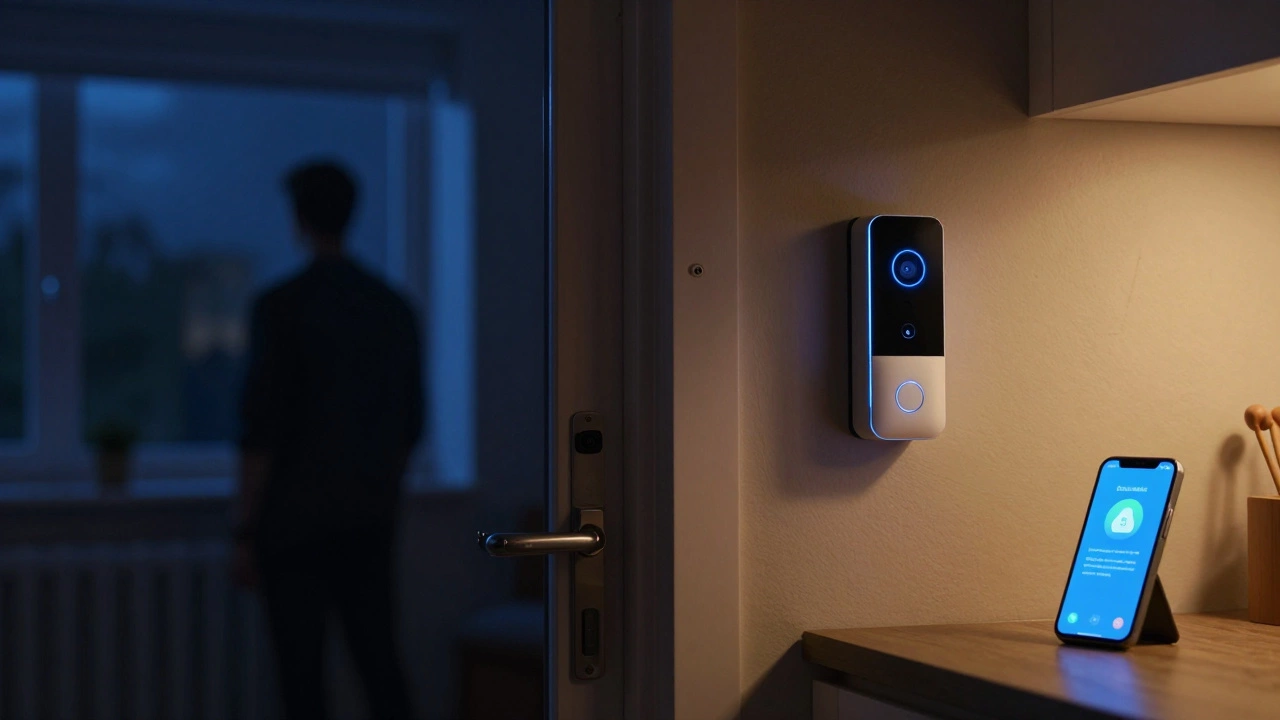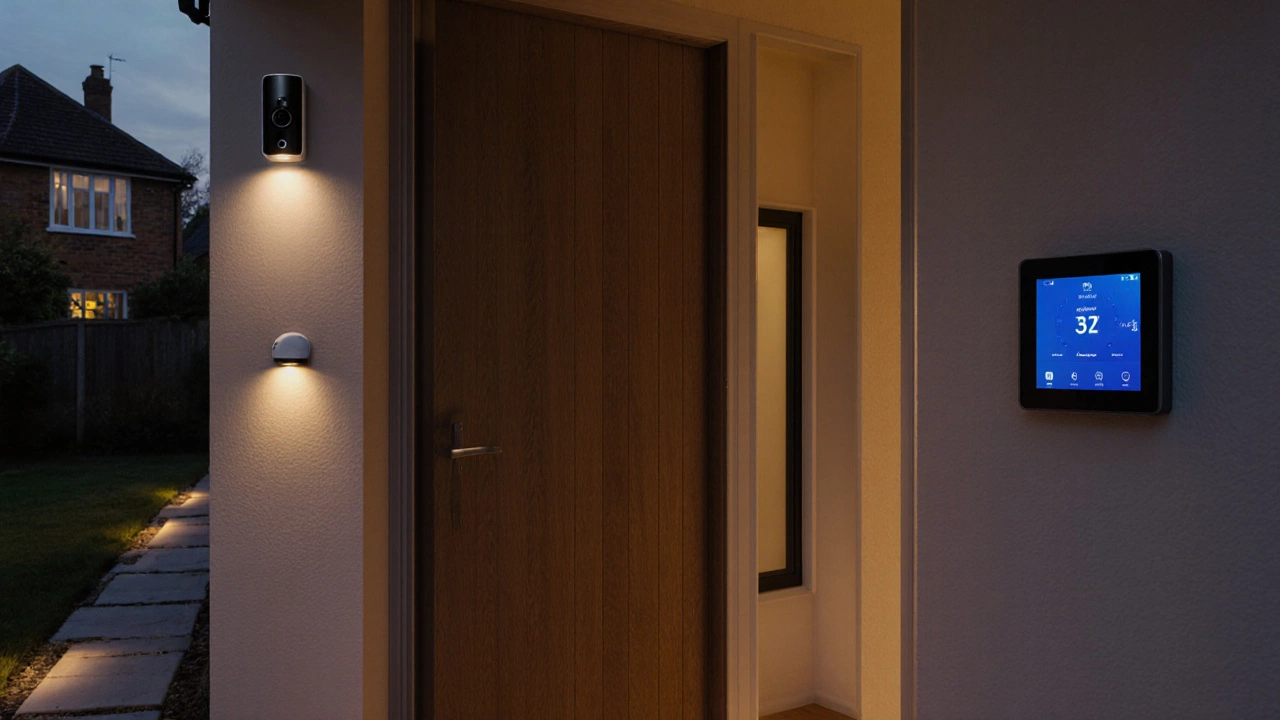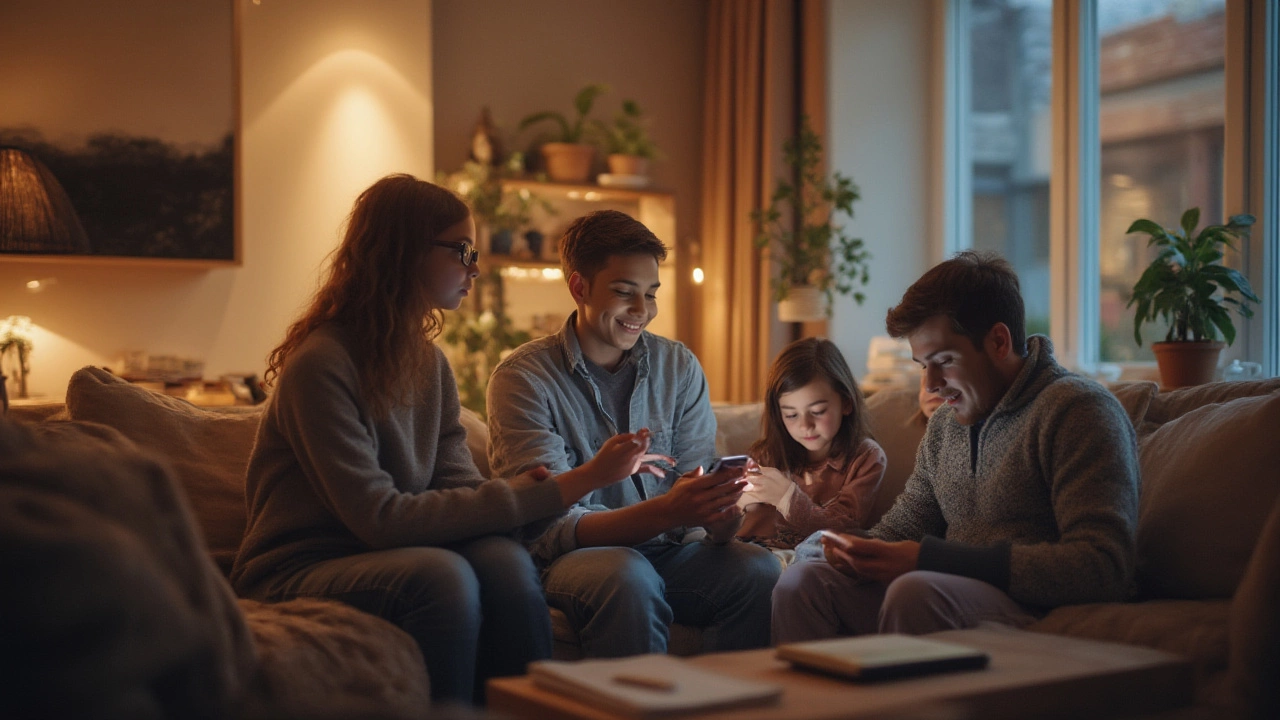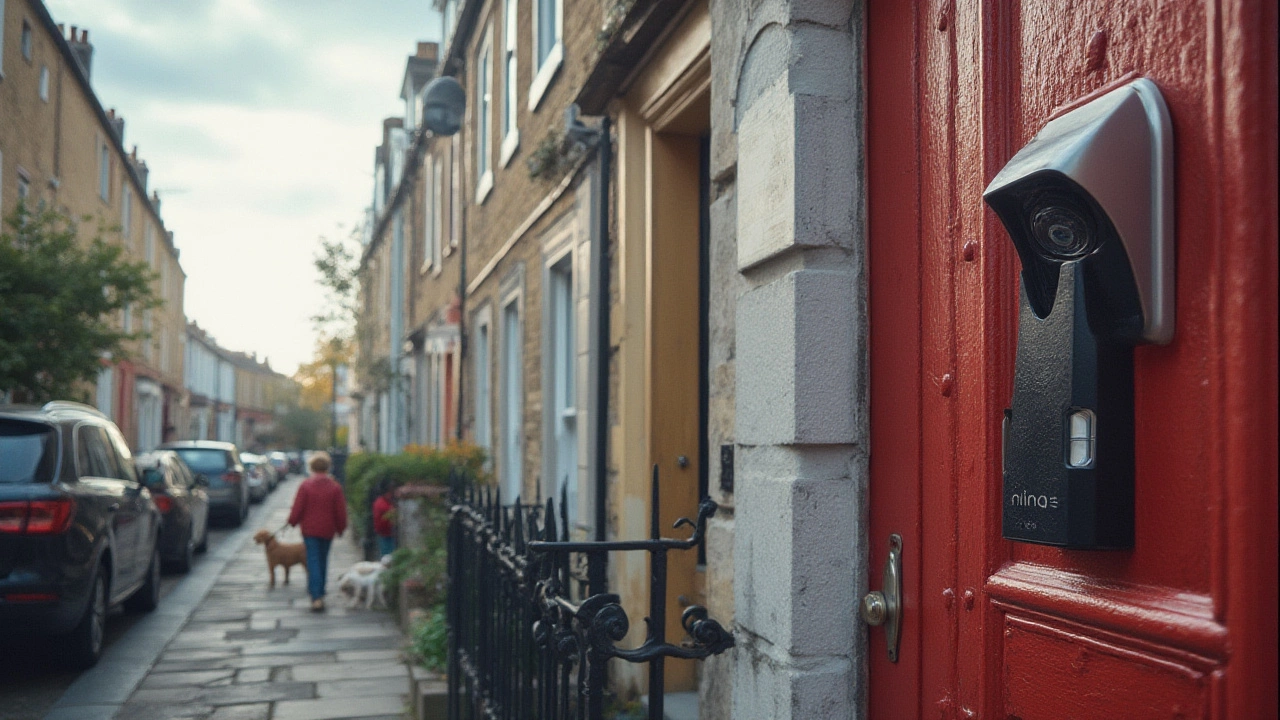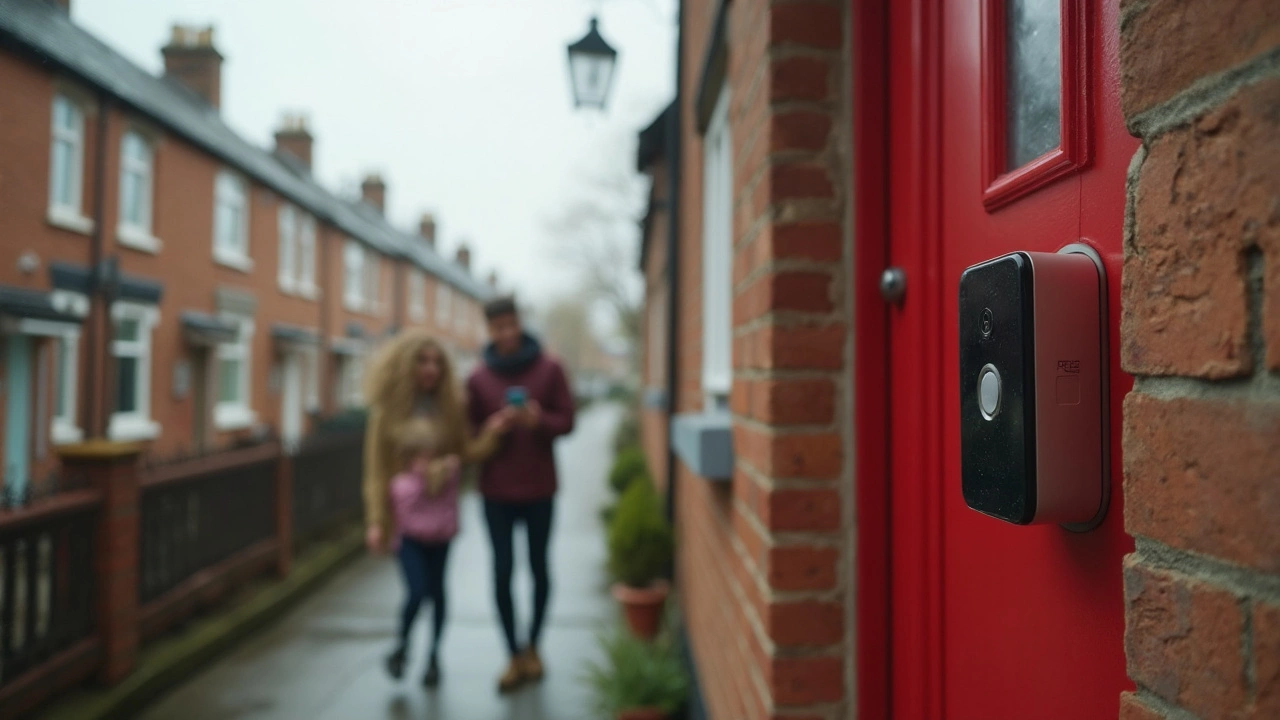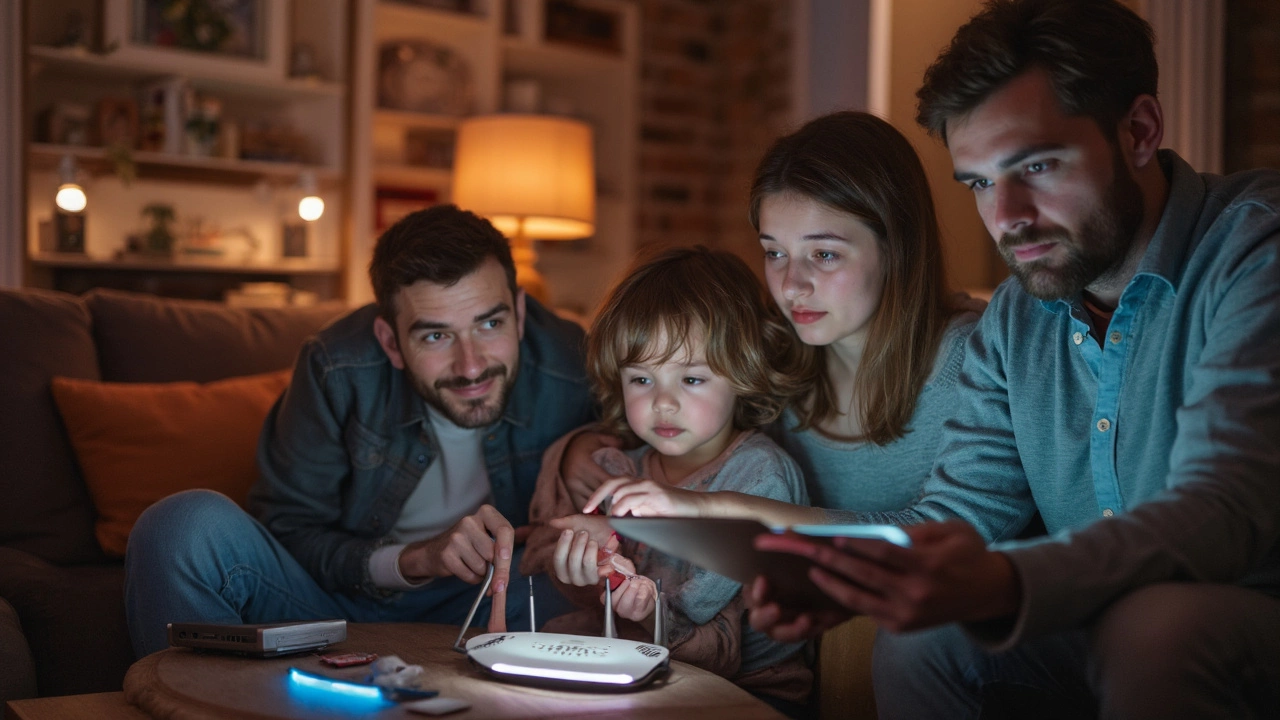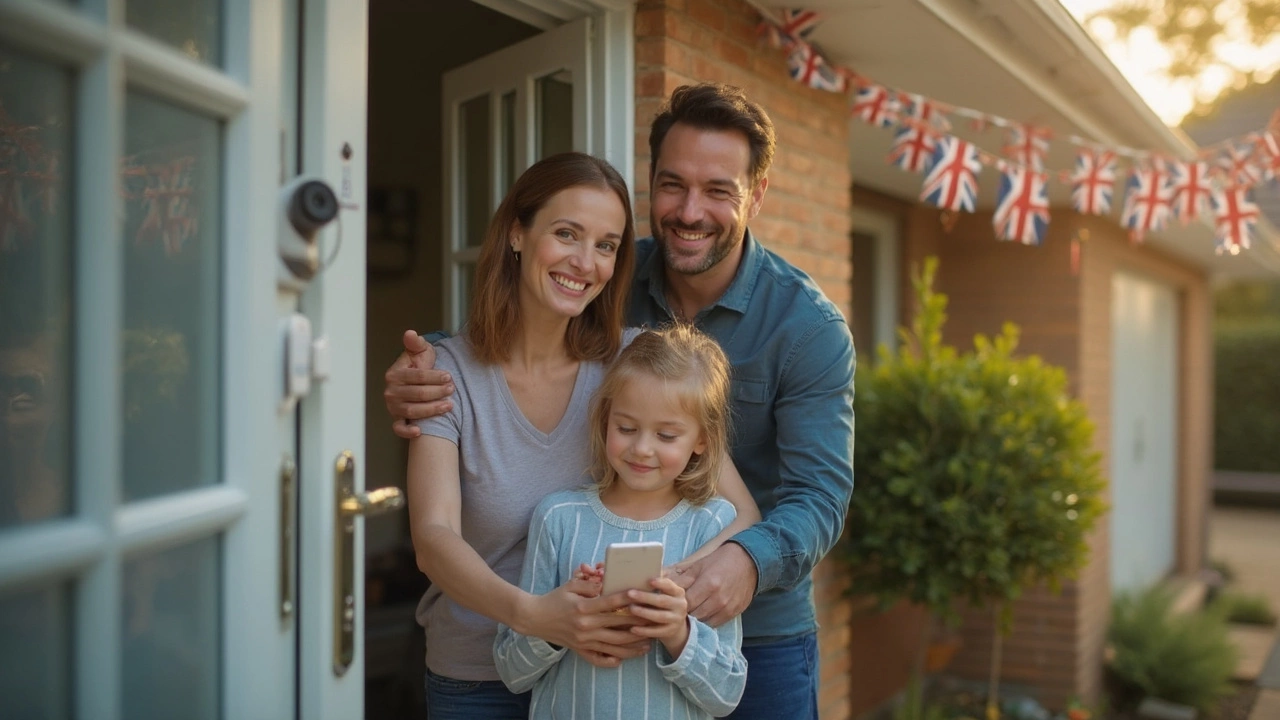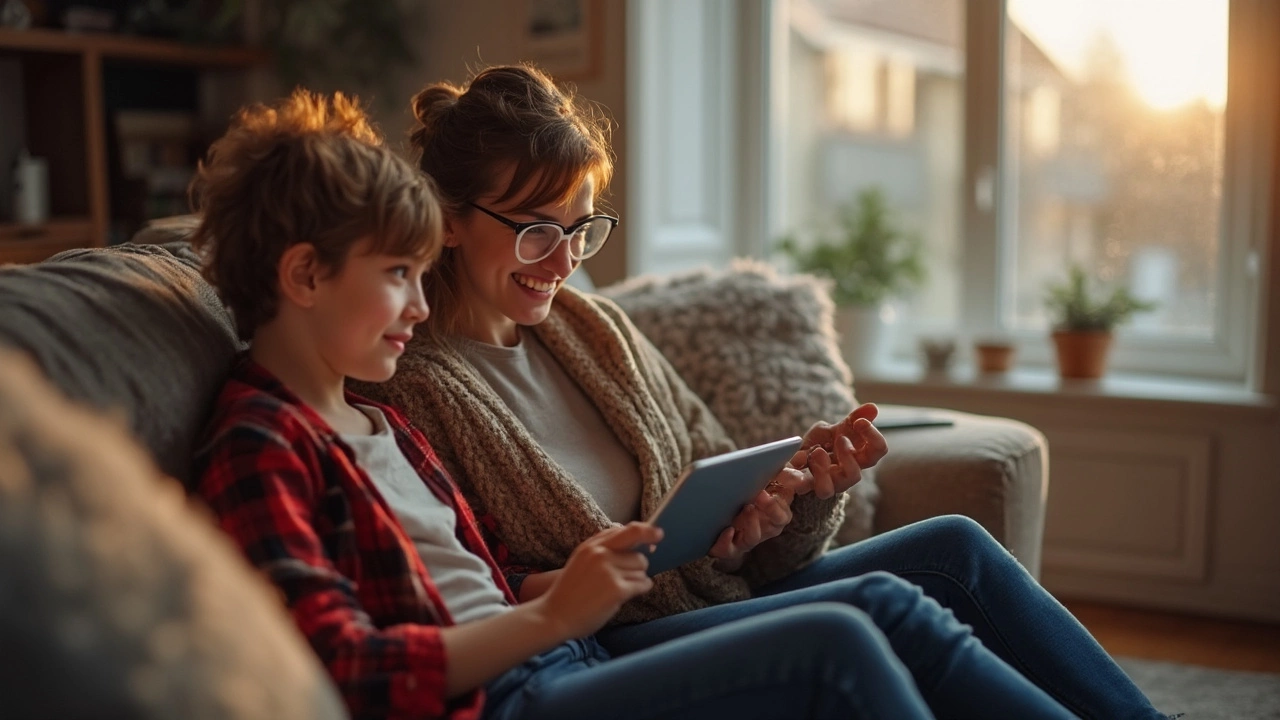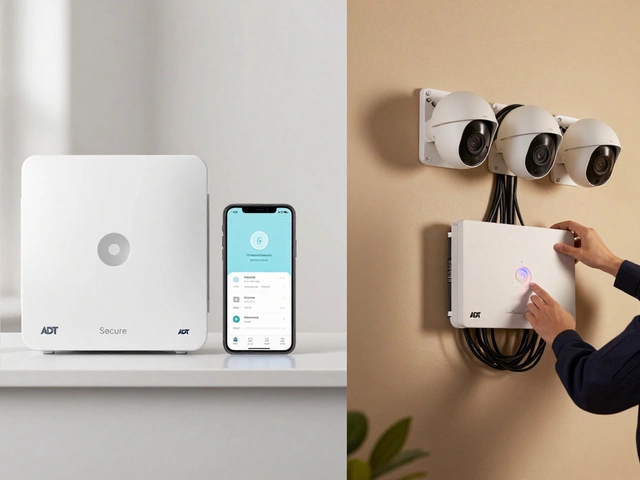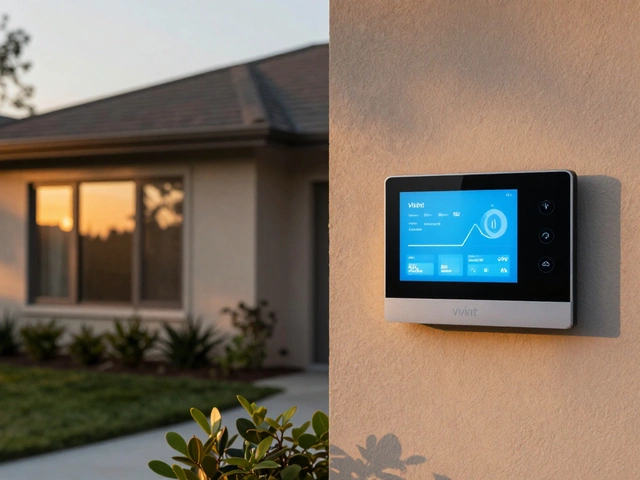Smart Home Guides & Tips – Make Your Home Smarter Today
Thinking about turning your house into a smart home? You don’t need a tech degree or a massive budget to get started. Below you’ll find simple steps, real‑world examples, and quick fixes that let you enjoy convenience, safety, and energy savings right away.
Start with the Basics – What a Smart Home Really Is
A smart home is just a collection of devices that talk to each other and to you. Lights you can dim from your phone, a thermostat that learns your schedule, and a doorbell that lets you see who’s at the door – all of these are part of the same ecosystem. The magic happens when they work together. For example, a motion sensor can trigger lights to turn on while you’re walking in the hallway, saving you the hassle of flipping switches.
Quick Wins You Can Do Today
1. Smart Lighting – Swap a regular bulb for a Wi‑Fi enabled one. Most brands let you set schedules, dim lights, or change colour with a simple app. If you want more control, add a motion sensor and have the lights automatically turn on when you enter a room.
2. Secure Your Front Door – A video doorbell like Ring or a simple smart lock can give you a live feed on your phone. You’ll know who’s at the door before you answer, and you can lock or unlock the door remotely for guests or deliveries.
3. Manage Energy Use – Smart thermostats learn when you’re home and adjust heating or cooling accordingly. Pair them with smart plugs for appliances you forget to turn off, and you’ll see lower bills without lifting a finger.
4. Voice Control Hub – A small speaker with Alexa, Google Assistant, or Siri becomes the brain of your system. You can ask it to turn on lights, check the camera feed, or lock the door, all without opening an app.
These four steps give you immediate benefits and lay the groundwork for more advanced automation later.
Next, think about security. Many homeowners worry that adding gadgets makes them vulnerable. The truth is, a well‑configured smart home can be harder for burglars to break into. Motion‑activated lights, smart locks that send alerts when forced, and cameras that keep recording even if the internet drops (offline storage) add layers of protection.
If you already own a system, ask yourself: “What’s missing?” If you have a camera but no storage, consider a local NVR or a micro‑SD card that keeps footage when Wi‑Fi is down. If you rely on a subscription service, check the free storage limits – some brands keep video for 24‑48 hours without a fee.
Now, let’s talk about privacy. Many people wonder who’s really in control of their smart devices. The short answer: you are, as long as you change default passwords, keep firmware updated, and limit which apps have camera or microphone access. A quick audit of your app permissions can prevent apps from silently recording.
Finally, don’t forget the human side of a smart home. Technology should make life easier, not more stressful. Keep your automation simple: a morning routine that turns on lights, starts the coffee maker, and sets the thermostat to a comfy temperature is a great start. As you get comfortable, you can add more complex scenes, like “away mode” that turns off lights, locks doors, and alerts you if any motion is detected.
Ready to get started? Pick one device, set it up, and see how it changes your day. Once you feel the benefit, add another. Before you know it, your house will feel like it’s working for you – not the other way around.

